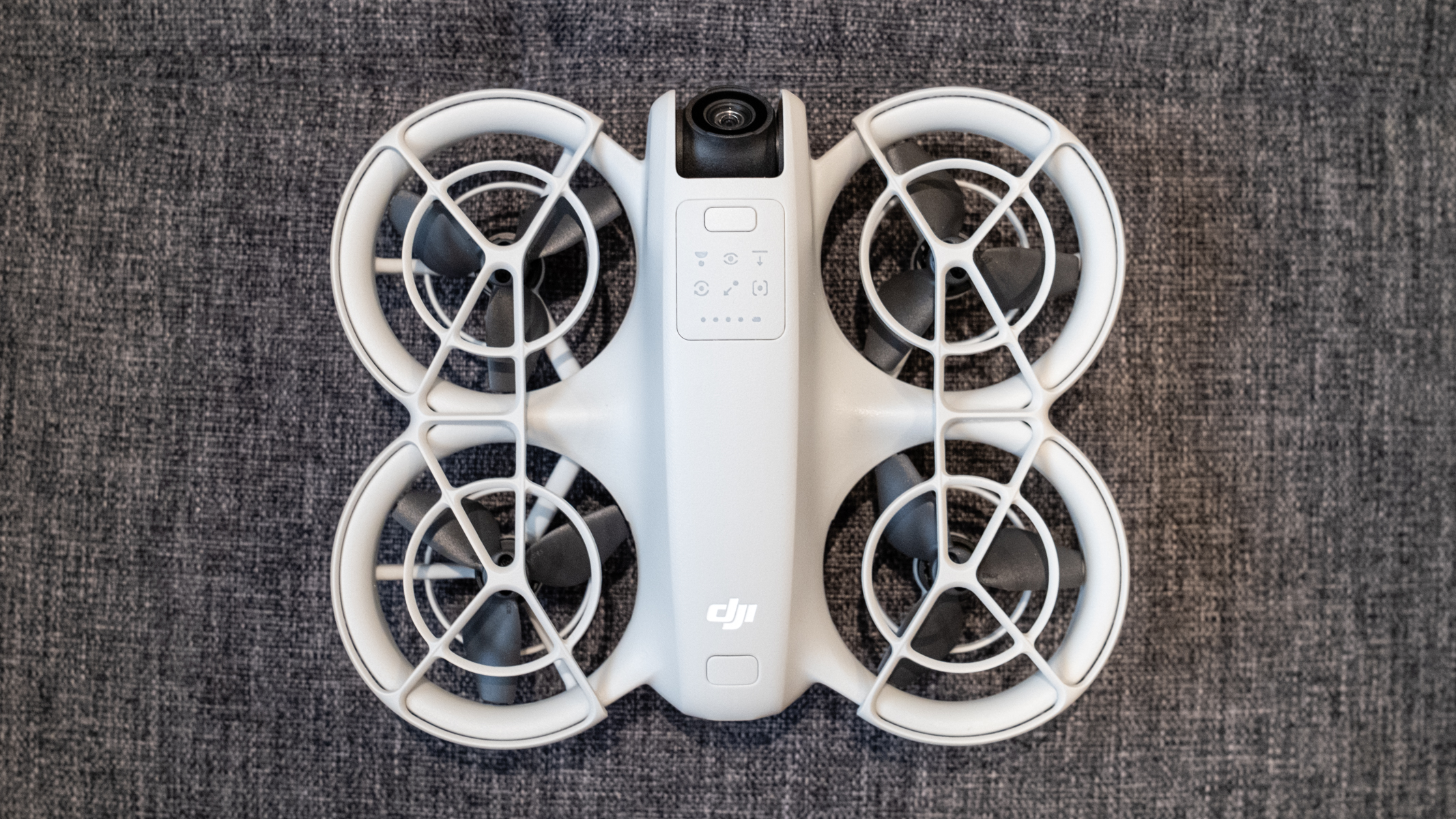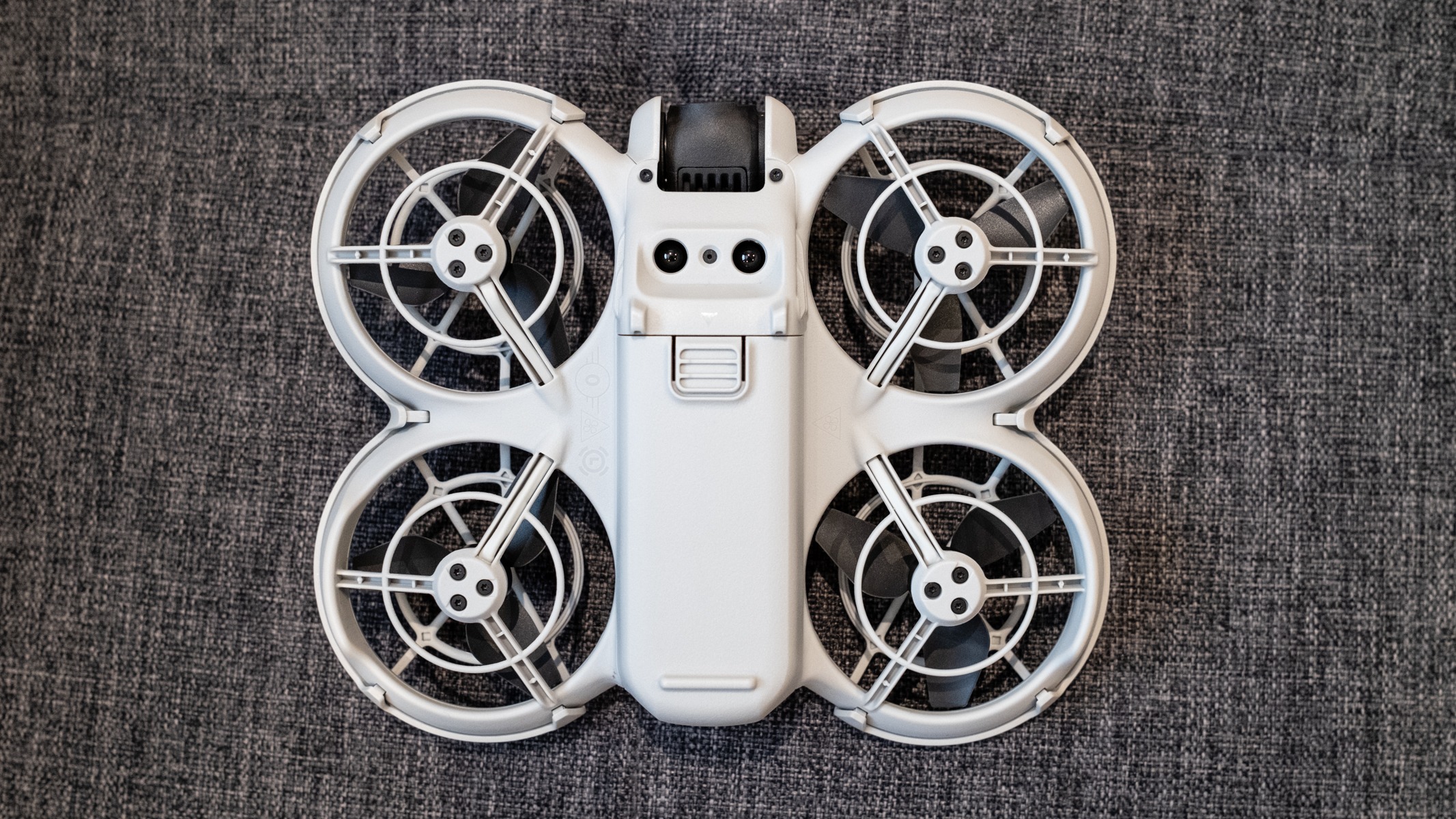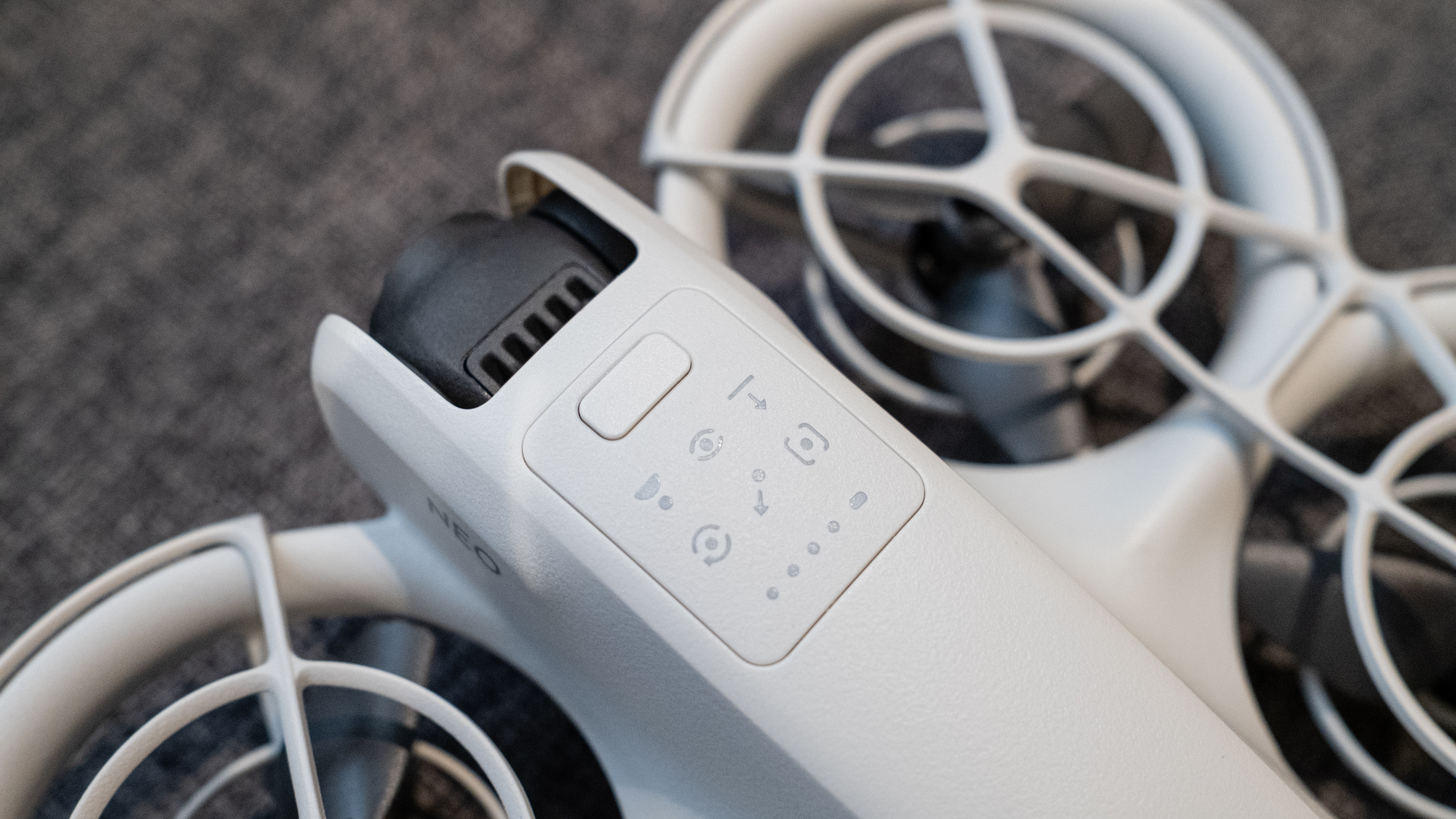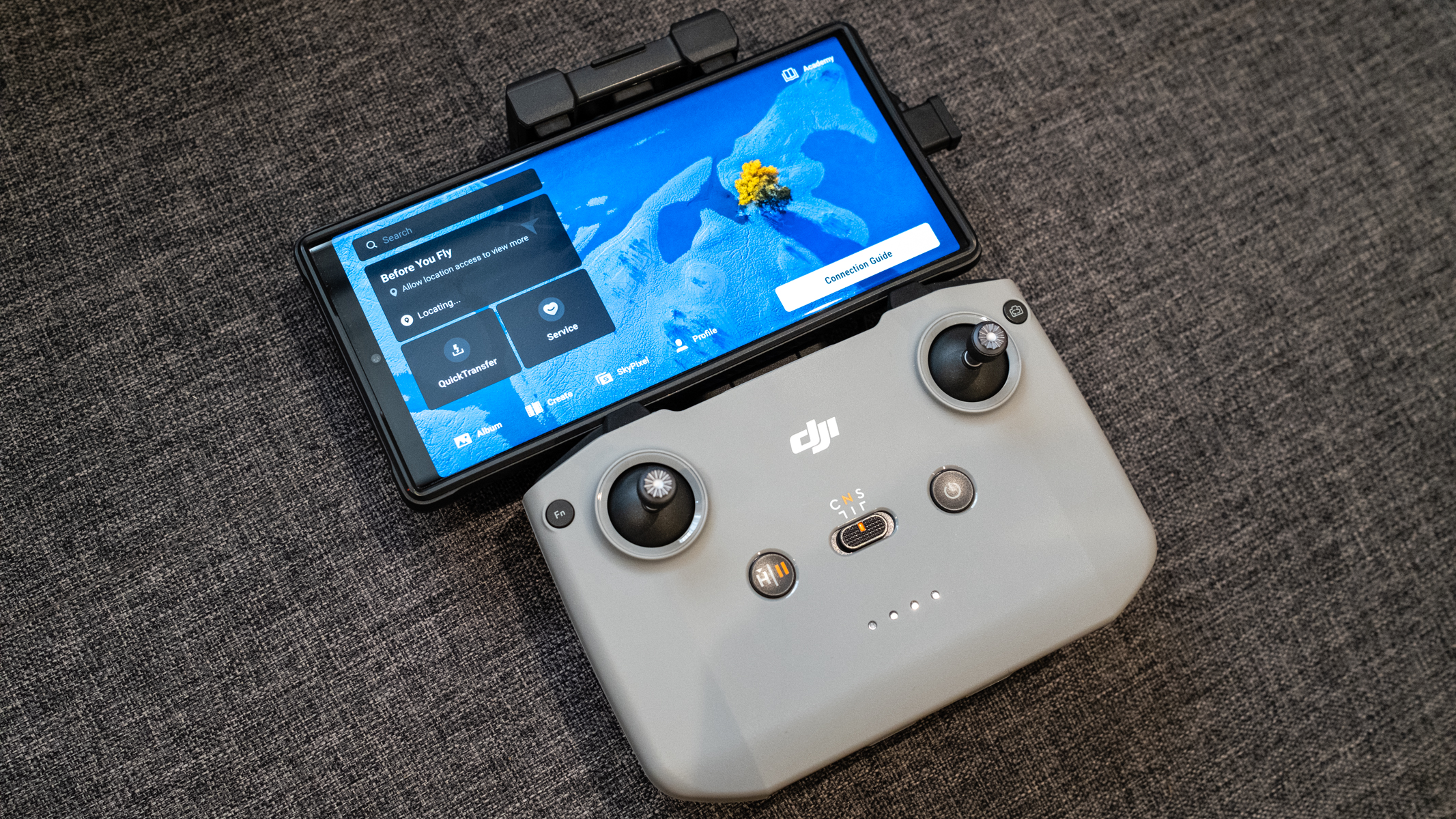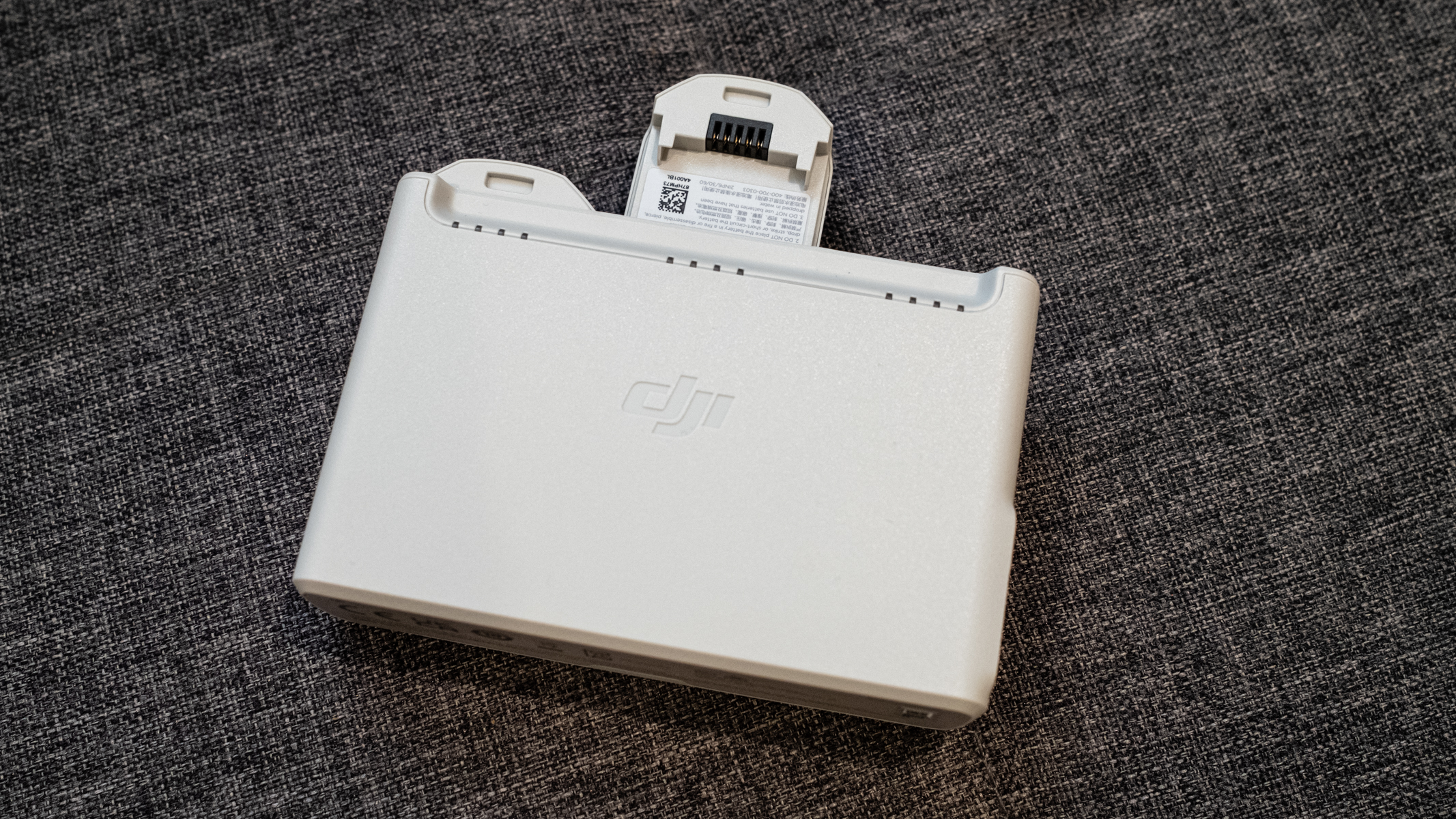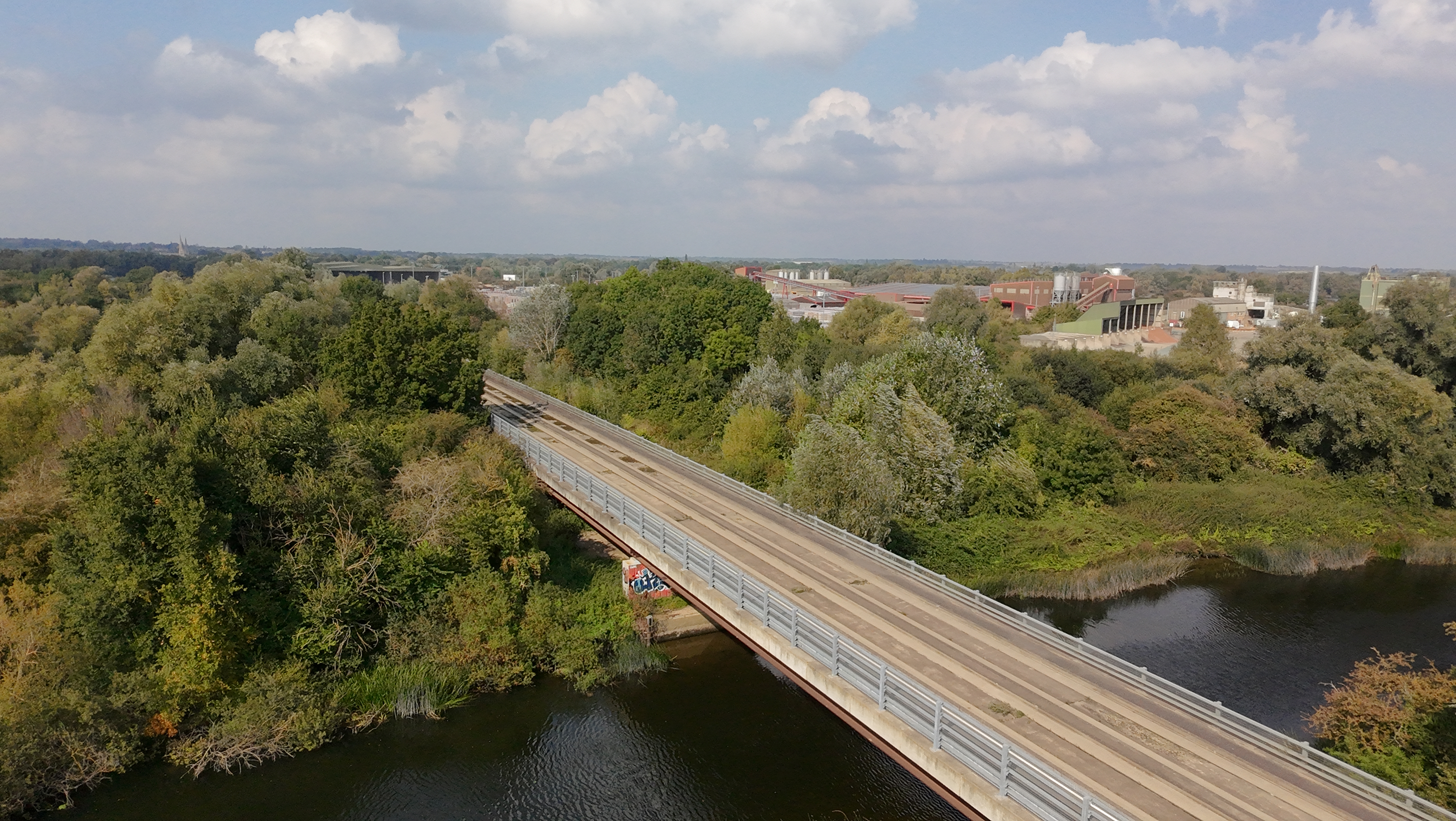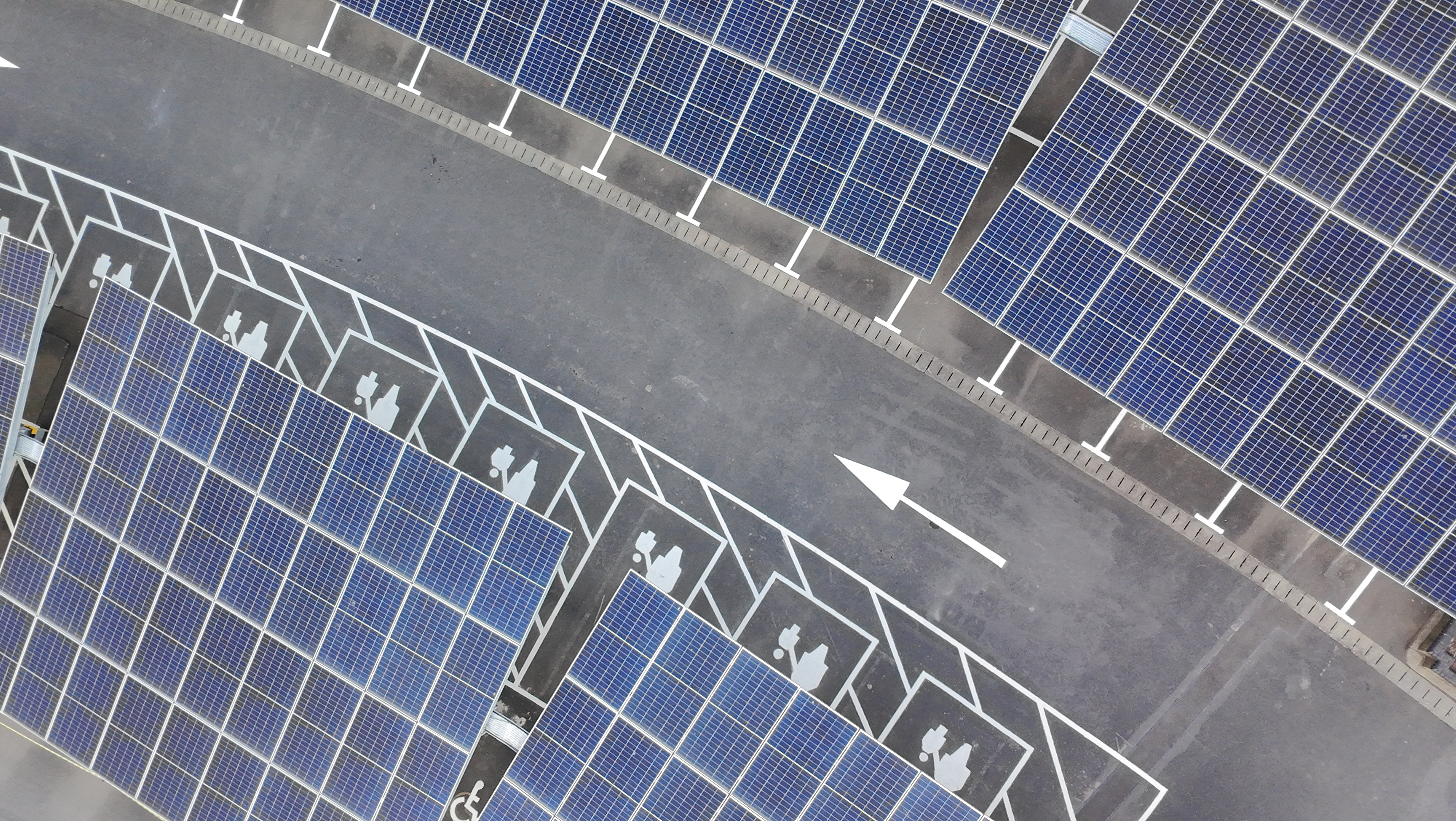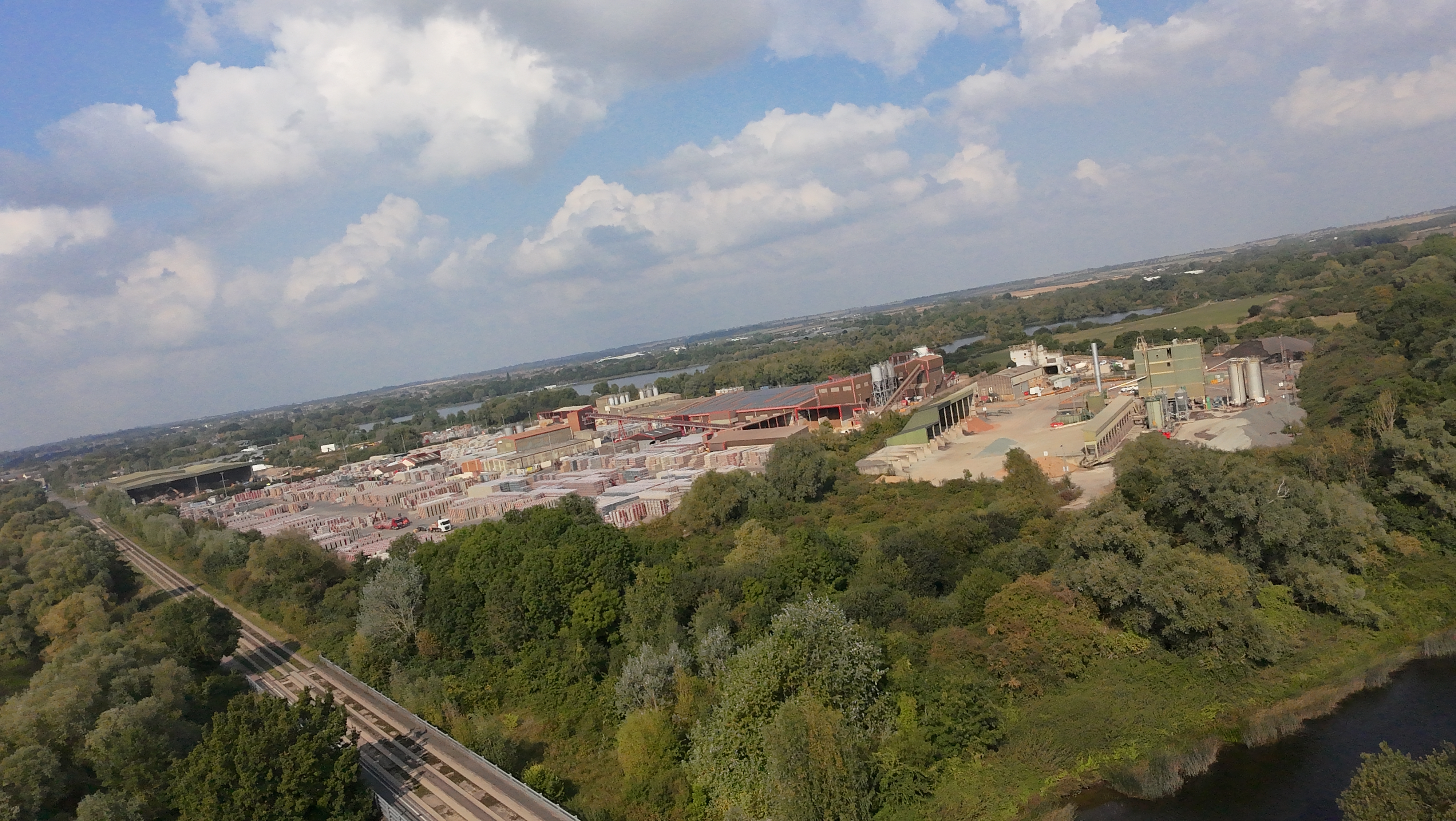2024-12-28 11:00:00
www.space.com
It’s not often that DJI is behind the curve, but even the world’s leading drone manufacturer isn’t going to be leading the pack all of the time. The DJI Neo is a sub-250 g beginner drone that can be flown autonomously, with the DJI Fly app, using the DJI RC-N3 Controller, and even flown as an FPV drone when connected to DJI’s FPV controllers and goggles.
Key Specs
Weight: 4.76 oz / 135 g
Dimensions: 5.12 x 6.18 x 1.90in / 130 × 157 × 48.5mm
Battery: 1435 mAh / up to 18 minutes flight
Charger type: USB-C cable / battery charging hub
Modes: Cine, Normal, Sport (Manual with the FPV Controller 3)
Video transmission range: 6.2 miles (FCC), 3.7 miles (CE/SRRC/MIC)
Video resolution: Up to 4K
Frame rates: 4K 30 FPS / FHD up to 60 FPS
This drone is highly versatile for these reasons, but at the simplest end of operation, it is extremely similar to the HoverAir X1. The Neo does, however, take clever autonomous flight a step further with its multiple control options, which combined with the low price of the base kit make it one of the best beginner drones. It will never be one of the best drones, but it is undoubtedly an interesting addition to the DJI stable.
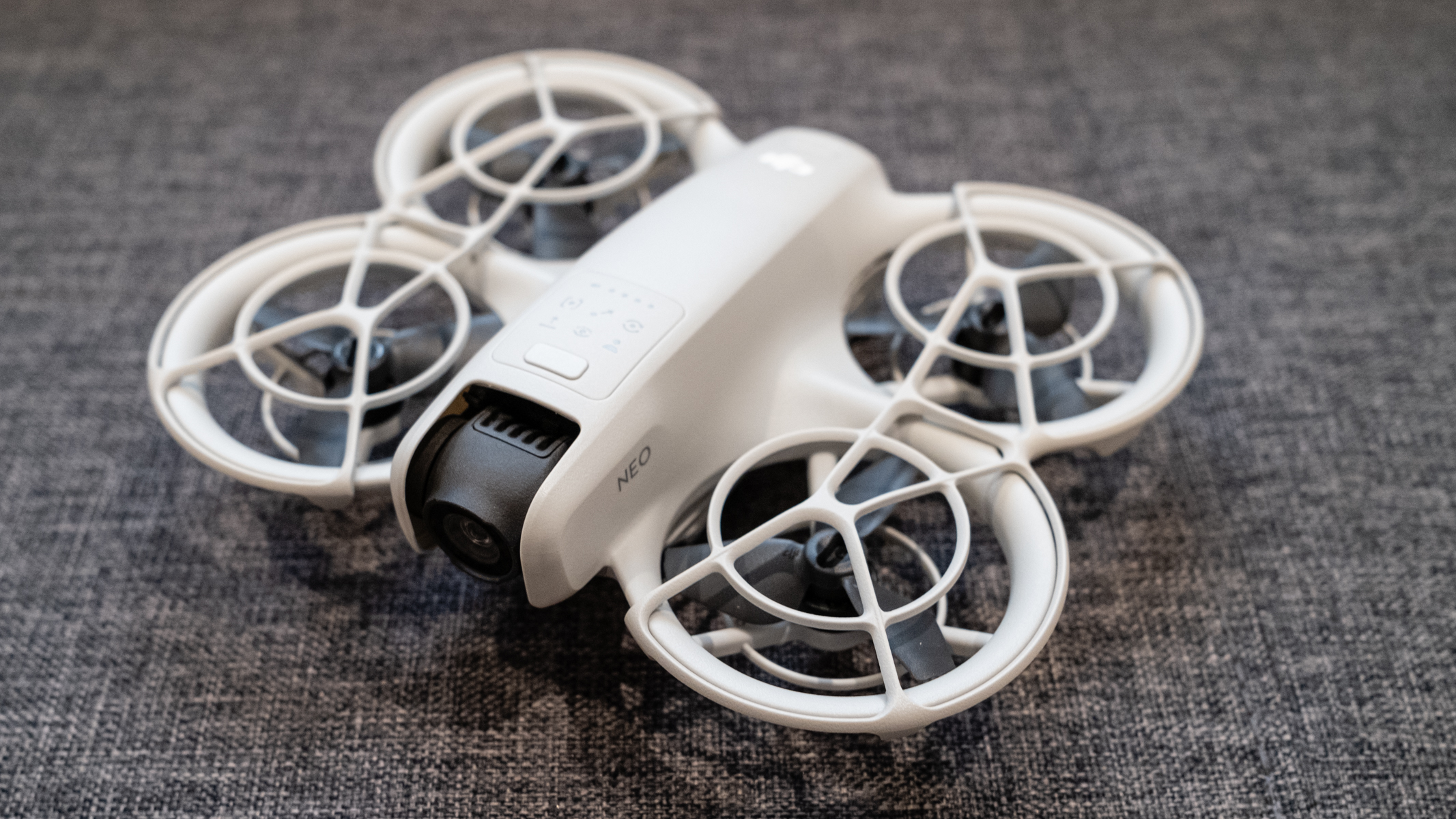
The Neo is not a particularly fast drone and alongside GPS positioning, it only features downward visual positioning and a single-axis gimbal that’s supplemented by effective Rocksteady and HorizonBalancing stabilization. Camera functionality is also basic with 4K 30 FPS being the fixed 4K option for video capture alongside FHD at 30, 50, and 60 FPS. You can also capture 12MP photos, but these are limited to JPEG format in either 4:3 or 16:9 aspect ratios.
Camera functionality is also basic with 4K 30 FPS being the fixed 4K option for video capture alongside FHD at 30, 50, and 60 FPS. You can also capture 12MP photos, but these are limited to JPEG format in either 4:3 or 16:9 aspect ratios.
Camera limitations aside, which are of no consequence for beginners, the Neo is designed for fun and simplicity and it certainly achieves this. And at just $199 / £169 for the base kit where you can fly the drone autonomously with or without the DJI Fly app, it makes getting into drones incredibly cheap and easy for absolutely anyone.
DJI Neo review
DJI Neo review: Design
- Small and lightweight
- Propeller guards
- Multiple controller options
The DJI Neo sports a design that puts it somewhere between a micro whoop and a cine whoop FPV drone, with enclosed propeller guards to keep people and objects safe. This makes it safe for hand take-off and landing, as well as for flying close to people when using the autonomous subject tracking modes.
It is just a little larger than the palm of your hand with a weight of just 4.76oz / 135g, so if you are using the Neo controller-free, using the on-drone controls to initiate autonomous flight or the DJI Fly app, it’s a minimalist kit to take out. You can also take standard control of the Neo using the DJI Fly app using the onscreen digital controls or activate voice control.
Voice control requires the DJI Fly app to be opened on your phone and connected to the drone anyway. So, it is just as easy to initiate flight using the app where you have more control over flight parameters such as flight distance when tracking a subject.
The Fly More bundle includes the DJI RC-N3 Controller, which makes the Neo behave more like a camera drone and extends the transmission distance from 50m when using the app with the Neo’s WiFi to standard camera drone distances. Plus, you can pair the Neo with the DJI FPV Remote Controller 3 or the DJI RC Motion 3 and DJI Goggles 3 for FPV flight.
Despite the small size and light weight, the Neo is well-made and certainly feels robust enough to take a knock or two. Plus, the propellers are enclosed top and bottom, as well as having standard propeller guards that are built into the airframe, so it’s a safe drone to fly around and close to people. However, care still has to be taken since the Neo only has downward vision sensors and not collision avoidance sensors.
DJI Neo review: Functionality
- AI subject tracking
- Level 4 wind resistance
- GPS positioning
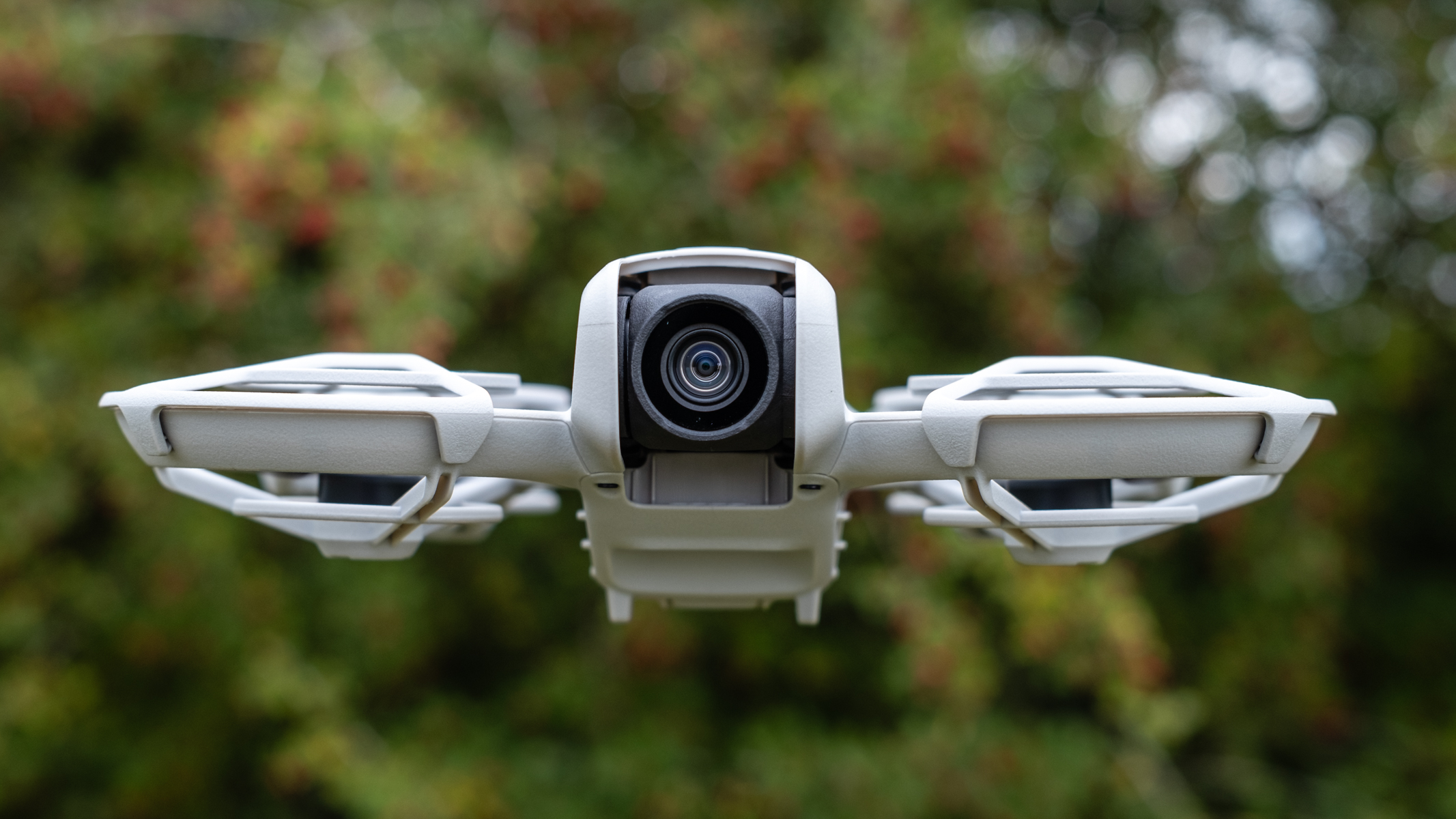
The Neo may be a relatively simple drone in terms of operation, but behind-the-scenes AI subject tracking is hard at work to keep the subject in the center of the frame when capturing photos and videos. This works alongside the Intelligent flight modes, which include Follow, Dronie, Circle, Rocket, Spotlight, Omni, Helix, and Boomerang.
Flight speed is pretty slow at 1.11mph in Cine mode, 13.42mph in Normal mode, and 17.89mph in Sport mode when flying using the RC-N3 Controller. But although the top speed isn’t anywhere near as fast as the DJI Mini 4 Pro, it should still be fast enough to keep up with most moving human subjects, including cyclists.
The flight speed can be increased to 35.79mph when using the DJI FPV Remote Controller 3 in Manual mode, alongside using DJI Goggles 3. Plus, when used with the DJI RC Motion 3 Controller you can take advantage of Easy ACRO where you can Flip, Roll, and 180° Drift the Neo while also taking advantage of the intuitive FPV control provided by the Motion 3 Controller.
How many people will use the Neo for FPV is difficult to guess because of the additional FPV accessories that are required. The most likely use of the drone will probably be palm take-off and landing, using either the controls on the drone or the DJI Fly app. But even if you intend to mainly use the Neo this way, the Fly More Bundle with the RC-N3 Controller does open things up somewhat.
With the RC-N3 Controller, the Neo behaves more like a standard camera drone with more precise control available. This also opens up GPS positioning, Return to Home, and an on-screen map. Not to mention, using this controller massively extends the drone’s range beyond the 50m transmission distance when using the DJI Fly app to control the Neo over its WiFi connection.
As previously mentioned, there is no collision avoidance, which would be useful for a drone like this, but it would also drive up the cost. There are downward vision positioning sensors with a precision range of 0.5-10m, and during testing the drone was able to fly under and around obstacles when tracking subjects — most likely because the subject avoided them, but it is still impressive.
The Neo offers up to level 4 wind resistance, which is 18mph, but it is not well suited to flying in winds even close to this level. It’s not at all stable, and although Electronic Image Stabilization using a 1/2-inch sensor covers up to 45 degrees of horizontal tilt, stronger winds make the drone roll further than this. With lower wind levels, however, the Image Stabilization is excellent.
With 22GB of onboard storage, which DJI says equates to 40 minutes of 4K 30 FPS or 55 minutes of 1080p 60 FPS video, you have plenty of storage for a day out. Photos and videos can then be transferred to the DJI Fly App using Quick Transfer, or downloaded to your computer when the Neo is connected via the included USB-C PD cable.
DJI Neo review: Performance
- 1/2-inch sensor 12MP sensor
- Up to 4K 30 FPS video
- Automatic shooting
One of the great things about the Neo when flying in the autonomous subject tracking modes, is that photos and videos are captured automatically, so you don’t have to worry about a thing. Simply take off, and the drone will do the rest for you. Camera functionality is most limited in these modes, but it does open up when using the RC-N3 Controller.
The drone features a 12MP 1/2-inch sensor which is quite large for such a small drone, but this provides more than enough pixels to accommodate the 45 degrees of horizontal tilt when using Electronic Image Stabilization. This is incredibly effective, but larger bumps of the drone from wind remain noticeable in videos.
The camera provides a wide 117.6-degree field of view, with a full-frame equivalent focal length of 13mm. The aperture is fixed at f/2.8 and the fixed focus lens provides sharpness from 60 cm to infinity. ISO and shutter speed ranges are large enough for a wide range of lighting conditions, while Manual and Auto shooting modes are available.
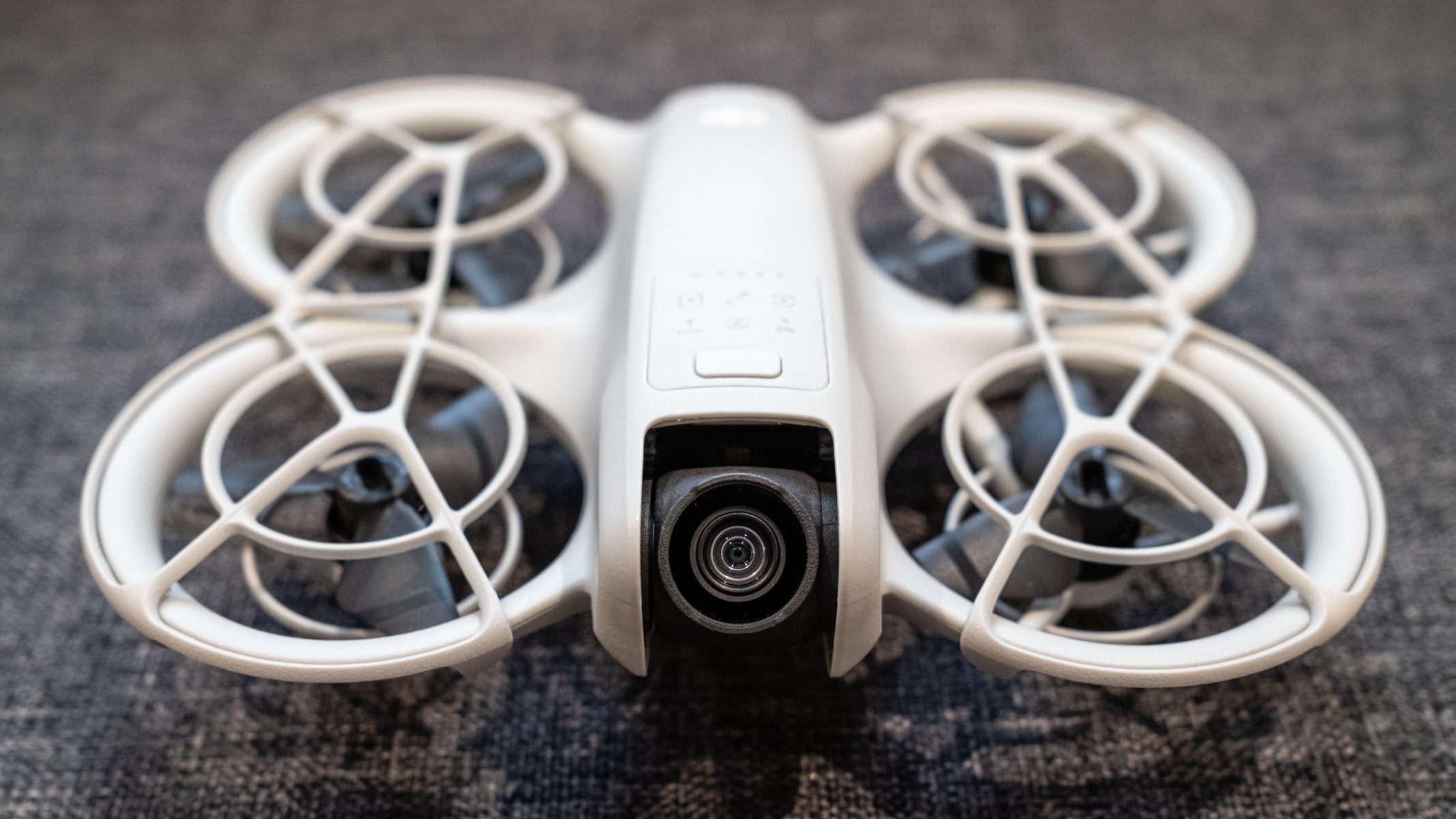
The image quality is good but not outstanding, but there is nothing to complain about here. Camera functionality is limited with 4K video fixed at 30 FPS while shooting at 1080p opens up more frame rate options. The color profile is Standard for straight-out-of-camera footage, with no flat profile available for color grading, while the bitrate is set at 75mbps. The video does look slightly oversharpened, but this can be reduced for a more pleasing and natural look when using the RC-N3 Controller.
Photos can only be captured in JPEG format in 16:9 or 4:3 aspect ratios. Image quality is best in brighter conditions, like most drones and action cameras with small sensors, so nothing is unusual here. All in all, it is an incredibly simple camera, but since simplicity is a key attribute of the Neo, this comes as little surprise.
Manually captured video
Intelligent Flight Modes
DJI Neo review: Cost
The Neo is available in two kits and the base kit includes the drone, battery, and accessories which costs $199 / £169. This kit allows for controller-free and app-controlled flight and is the most accessible option for absolute beginners. The Neo is absolutely fine at this basic level, but by investing in the Fly More Bundle you can increase the usability of the Neo, allowing it to be controlled and used as a camera drone.
The Fly More Bundle (DJI Neo Combo in the US) includes the drone, a DJI RC-N3 Controller, three Smart Batteries, a Battery Charging Hub, and accessories. This kit costs $289 / £299, so it is great value when you consider the two extra batteries and the controller that are included. The Neo can also be controlled with the DJI FPV Remote Controller 3 and DJI Goggles 3 for manual FPV flight or the goggles and the DJI RC Motion 3, but these would make it an overly expensive drone kit unless you already own the FPV accessories.
Should you buy the DJI Neo?
The DJI Neo is a lot of fun and makes drone flight as simple or as complicated as you would like it to be thanks to the multiple control options that are available. This not only makes it versatile but also provides a clear path for upgrading the drone as your skills and requirements grow.
For beginners, it is a drone worth considering and the two inexpensive kit options make it highly accessible to even those on a tight budget. But for more advanced drone pilots looking specifically for either a camera drone or an FPV drone, there are better DJI drones that you can invest in.
But even if you are a more advanced pilot and you would simply like a drone that can track you autonomously while you are out on your adventures, the Neo will do exactly that and do it well.
If the DJI Neo isn’t for you
The HoverAir X1 is the first autonomous drone of this type. It is a great performer and incredibly easy to use. It doesn’t have all of the flight control options offered by the DJI Neo, but it does feature a foldable design that makes it more compact.
The DJI Mini 4 Pro is an amazing sub-250 g camera drone and is much more powerful than the Neo with a much better camera. It also features advanced subject tracking so although it can be flown as close to people as the Neo, it is a solid option for those looking for a lightweight camera drone.
If you would like to get into FPV, the DJI Avata 2 is a much better drone for this than the Neo and has a superior camera for capturing 4K video. What’s more, to fly the Neo as an FPV drone you need the DJI FPV Remote Controller 3 or the DJI RC Motion 3 and DJI Goggles 3, which would take the cost close to the Avata 2 if bought separately.

Improve your home’s air quality with the LEVOIT Air Purifier for Home! With a 4.7/5-star rating from 29,617 reviews and over 7,000 units sold in the past month, it’s a top choice for cleaner air at just $69.99.
Perfect for anyone looking to eliminate allergens, odors, and more. Buy Now on Amazon!
Support Techcratic
If you find value in Techcratic’s insights and articles, consider supporting us with Bitcoin. Your support helps me, as a solo operator, continue delivering high-quality content while managing all the technical aspects, from server maintenance to blog writing, future updates, and improvements. Support Innovation! Thank you.
Bitcoin Address:
bc1qlszw7elx2qahjwvaryh0tkgg8y68enw30gpvge
Please verify this address before sending funds.
Bitcoin QR Code
Simply scan the QR code below to support Techcratic.

Please read the Privacy and Security Disclaimer on how Techcratic handles your support.
Disclaimer: As an Amazon Associate, Techcratic may earn from qualifying purchases.























































































![for Tesla Phone Mount, [Strongest Magnet] Magnetic Car Mount for MagSafe, for Tesla…](https://techcratic.com/wp-content/uploads/2025/09/81833Vq2jzL._AC_SL1500_-360x180.jpg)










